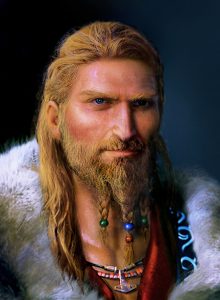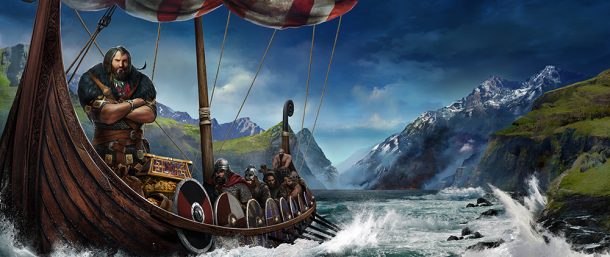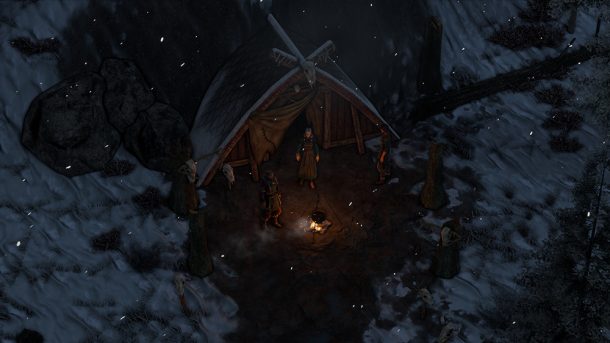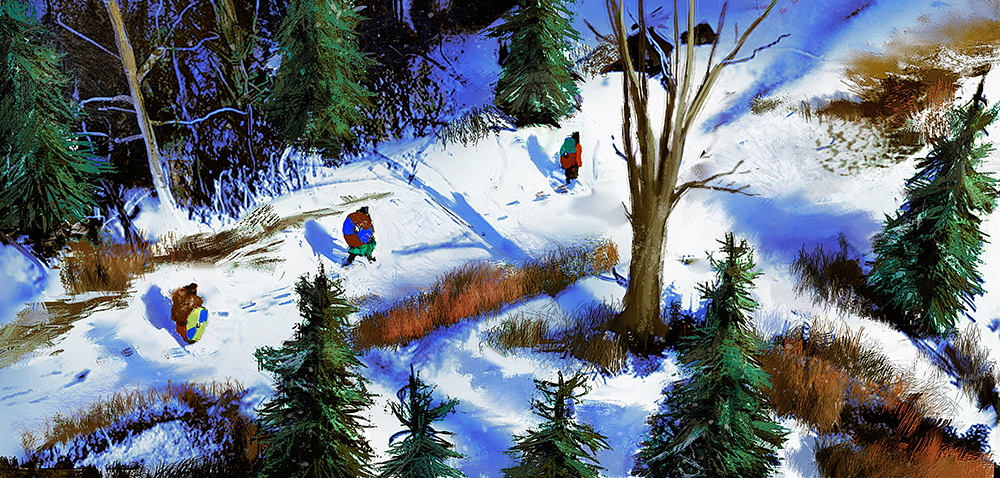There is a good chance that I could get sucked into Expeditions: Viking for many, many hours. Yes, it’s a classically themed RPG with traditional roots, 50+ hours of content, and all of the character-building and narrative that I could ever want. That’s all fine, but it’s not the reason that I may end up living and breathing the game.
No, that honor goes to Logic Artists’ incredible attention to detail realized within the game. E:V is a history lesson in Norse life and belief, diving so deep into what it actually meant to be a Danish Viking in the Middle Ages that experiencing it feels like I’m in some really enthralling college course, pulling all-nighters not because I have to but because I’m falling down a wormhole of information that I can’t get enough of.
Expeditions: Viking is the series sequel to Expeditions: Conquistador, albeit focusing on being more of an RPG than Conquistador’s strategic underpinnings, inspired by games like Fallout 2 and Baldur’s Gate. I recently had the chance to take a demo of the PC game for a spin, marveling at the authenticity along the way. This is a true-to-history setting; there is no high-fantasy, no wild magic, no monsters.

The game is meant to be realistic, but that still manages to leave some wiggle room with mythology. We learn very quickly in the game that religion is important to the people of this era, and so things that may be easily explained to us become fantastical to them. Viking takes pleasure in re-enacting these occurrences with what the people reasoned behind it and what made up their mythology. That delivers traditional RPG tropes (the importance of the undead, the magic behind healing, Gods walking amongst men, etc) without breaking realism.

The plot points are highly inspired by aspects of Viking sagas. These were stories told around campfires, factual accounts of heroes that saved families or villages, not necessarily the world. It mixes well with the principles of the Expeditions series, in which clans and often unique cultures clash for land or honor. Viking is split into two campaign halves to accommodate this — the first letting players build up their village and name, the second sailing to England to form alliances or loot for wealth. It almost means to give two very different experiences throughout the full game, showcasing the aspects of Norse life as it hit key milestones.

Further game details enhance the factualness of the adventure. Aesthetics choices are based on items and designs found from in-depth archaeological that the developers engaged in (many of the team members are from he region). This extends to building designs and weapons and armor. For example, Viking era warriors had no plate mail, like other RPGs might include. Instead, chain mail was the best that they could make. The game reflects this by using chain mail as the ultimate in-game armor, complete with the rarity and cost associated with it. Decoration and vanity, a big part of Viking life, make their way into the game as well, as characters braid their hair and wear brightly colored outfits.
Expeditions: Viking looks to be as authentic a period-based experience can be, bringing with it a rarely seen depth of style and substance as its core. The game releases on PC later in 2016.


No Comments